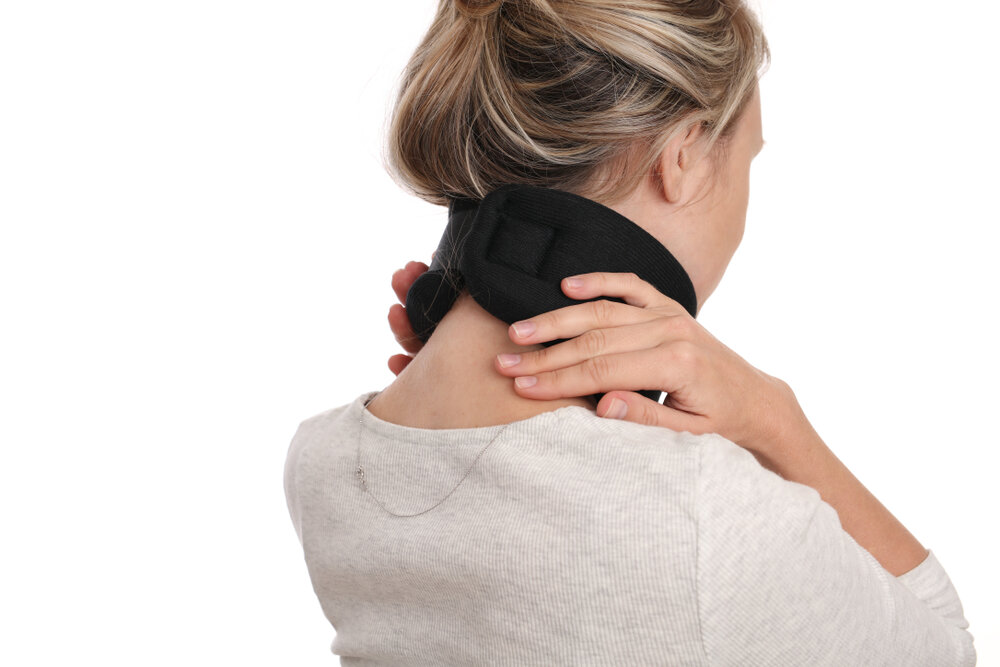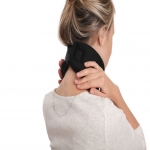Cervical spondylosis is an all-around term of wear and tear associated with age affecting your back discs. As the discs dehydrate and shrink, there are symptoms of arthritis, and projections along bone edges (bone spurs).
Spondylosis of cervical tissue is very frequent and with age worsens. Over 85% of people under the age of 60 have cervical spondylosis.
Most people do not have any symptoms of this. Non-surgical therapies are often effective when symptoms occur.
Symptoms
Most people have no symptoms of cervical spondylosis. When there are symptoms, pain and stiffness in the neck typically occur.
Cervical spondylosis sometimes reduces the space needed by the spinal cord and by the nerve roots passing through the spine to the body.
-
Tingling, numbness and weakness in your arms, hands, legs or feet, can happen if the backbone or nerve roots get pinned up.
-
Missing coordination and walking difficulties
-
Bladder loss control or bowel loss
Causes
As you grow old, wear and tear develop progressively on the bones and cartilage that make up your backbone and neck.
-
Dehydrated discs may include these changes. Disks act as coats between your backbone's vertebras. At 40 years old, most backbone discs start to dry out and shrink, enabling bone-on-bone contact between the vertebraes to increase.
-
Disks with hernia. The outside of your spinal discs is affected also by age. Often cracks occur, which lead to bulging discs – sometimes pressing onto the spinal cord and the nerve roots.
-
Spur of the bone. Disk degeneration often results in a misguided effort to strengthen the backbone producing extra quantities of bone. Sometimes, these bones spurt the spinal cord and the roots of the nervous.
-
Rigid bindings. Bonus-to-bone ligaments are tissue cords. Age-strengthened spinal ligaments may make your neck less flexible.
What Healing Steps You Ought to Follow
Stretching
You can avoid moving it when your neck hurts. This leads to contraction and rigidity in the neck muscles. A gentle exercise in the neck can restore your neck's length, flexibility and strength. Strengthening your neck muscles in turn helps to help relieve your neck and to restore movement.
Good Posture
Poor posture causes pain in the neck and can lead to degenerative upper spine changes. It's especially bad to sit with the head, as many people do when they work on their computer. This position contributes to the pain of radiculopathy of cervical spondylosis. Be aware of your posture to alleviate this type of pain. Go tall, the ears vertically aligned with the shoulders. Sit with your ears also slightly tucked to your shoulders and chin. Your neck pain can get away if you practice good posture.
Cervical Pillow
The neck should be positioned neutrally, aligned directly with the spine, during sleep. However, if you sleep on a conventional pillow, your neck may bend up or down, which contributes to pain in your neck. According to several studies, an ergonomic latex pillow can alleviate neck pain and restore the range of movement.

Pain Relieving Patches
Another good first-line home treatment is an over-the-counter pain relief patch for cervical spondylosis. Some of these patches are made from lidocaine, an addictive drug. Others include aspirin, a reliever of pain. Other liniment products also contain muscles that warm and soft. Since these flexible parts may adhere to the angular shape of the neck/shoulder area, the cervical spondylosis pain is a good choice.
Ask a specialist doctor at a pain clinic for more help. The doctors would be guiding you for pain relieving. For other neurological and spinal issues, visit at Neuroscience Specialist.
**Disclaimer- Information presented here is not intended to be qualified medical advice. Nothing expressed herein creates a doctor-patient relationship.

